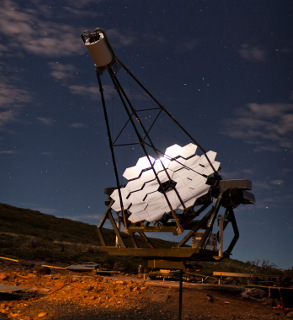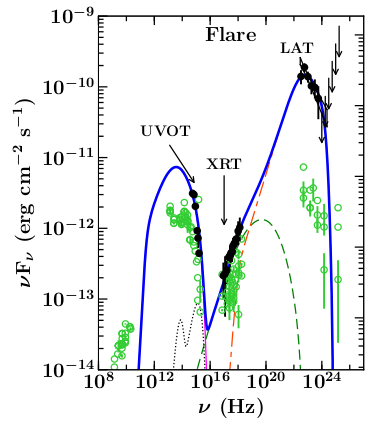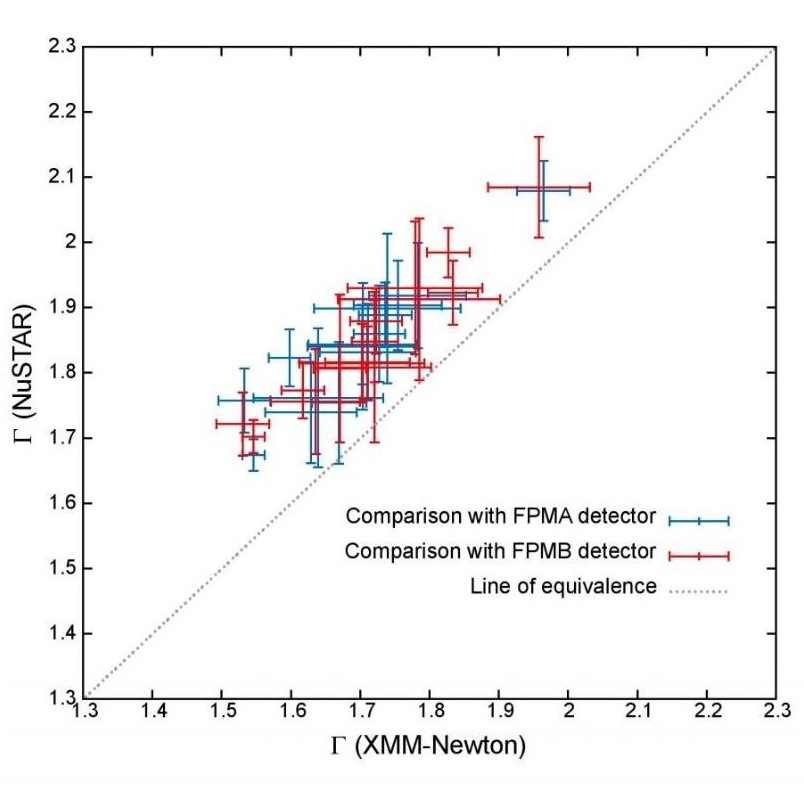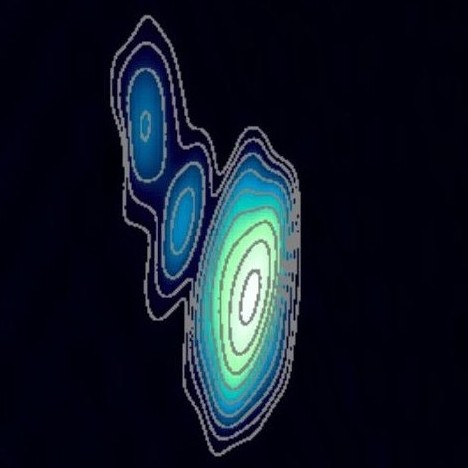TeV and X-ray flare observation of Mrk 421
Blazars - Jets - Multi-wavelength flares
Mrk 421 is one of the closest blazars and shows a compex variability behaviour. Although this source has been part of several multi-wavelength campaigns, deep pointed observations during flares are rare. I am working on multi-wavelength data covering such a flare by Mrk 421 that happened in 2019, which we were able to obtain thanks to a monitoring campaign led by the TeV Cherenkov telescope FACT. These simultaneous data include, e.g., X-ray data obtained with XMM-Newton, INTEGRAL, and Swift. You can read the full story of the flare in 2019 and a few results regarding multi-wavelength variability in my proceedings published for the 37th International Cosmic Ray Conference (ICRC). A refereed paper published with MNRAS focuses on the timing analysis of XMM-Newton data taken during the exceptionally bright X-ray flare that coincided with the TeV flare in 2019.Proceedings: Gokus et al., 2021, Proceedings of Science, 869 Paper: Gokus et al., 2024, MNRAS, in press



